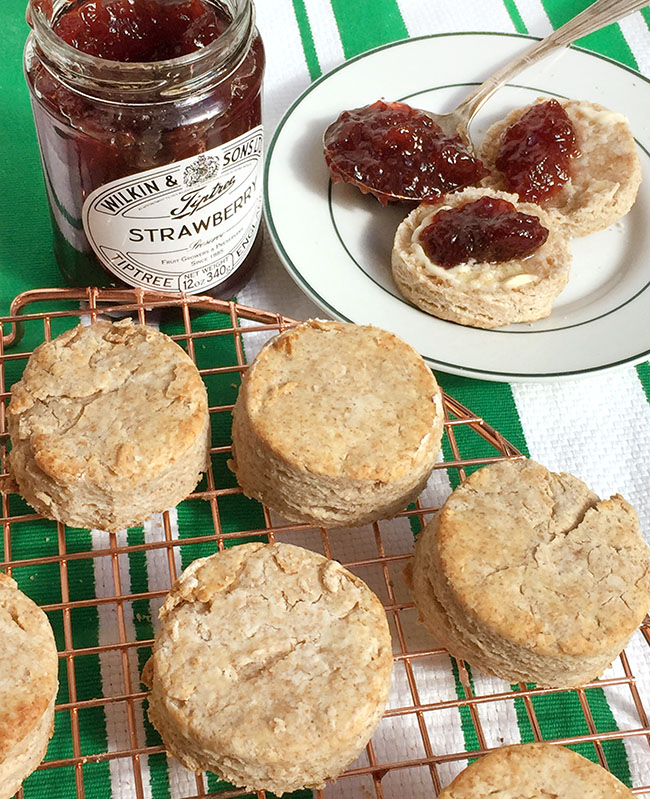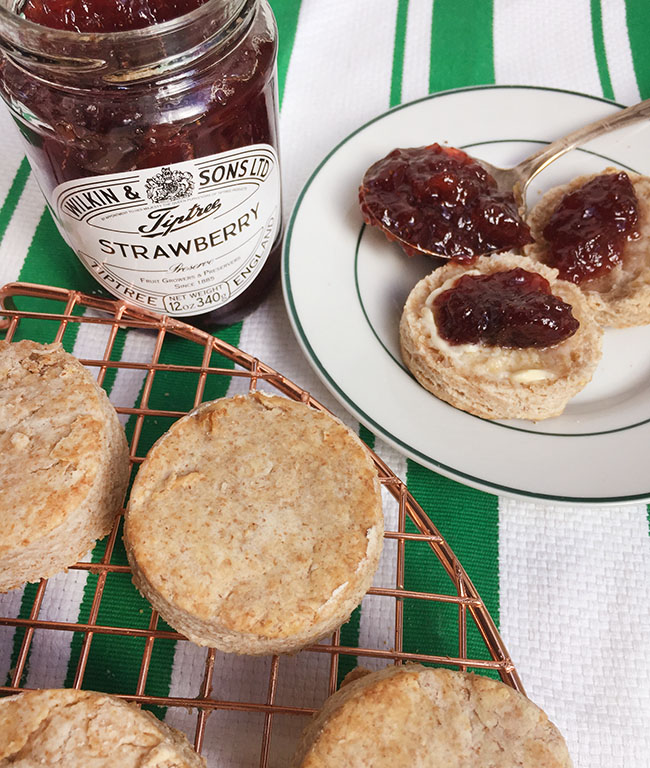
Earlier this month, I celebrated Ireland through a molasses biscuit/cookie recipe I found in “The Little Irish Baking Book†(St. Martin’s Press; 1995), a charming work by the late Ruth Isabel Ross.
Sometimes you fall under the spell of someone at the right time. Though I’d had Ross’s cookbook for a few years and had baked from it before, delving into her book and her life a little deeper took me into a comforting place beneath her guiding wing, as those cooks and writers who mean so much do us do. I began to read more about Ross, a celebrated cookbook author, horticulturist and garden writer, as well as a code breaker during wartime, who passed away at the age of 96 in 2016.
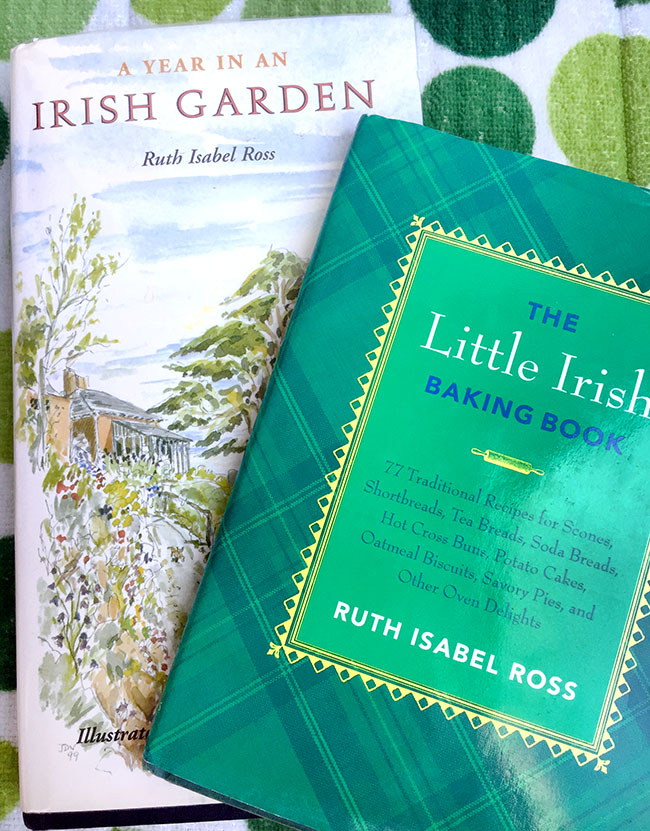
[D]uring this strange and devastating March that brought our lives as we knew them to a near-halt and restricted us to the safety of our homes, I was thankful for rabbit holes, like the work of Ruth Ross, to in which to wander/fall. I was intrigued by Ross’s gardening passion and purchased a used copy of “A Year in an Irish Garden†(A & A Farmar; 1999), her month-by-month record of observations of the garden she and her husband, John, cultivated and kept on the their estate in Knockmore in County Wicklow. The garden as a whole is made up of subsections — a wild garden (that includes woodland wildflowers, an old dog’s graveyard and ponds), a summer garden (with a more formal lily pond, roses, a sundial and steps leading up to woodlands), a kitchen garden (growing vegetables and fruits), a gravel garden in a sunny area, hedged walks and rose beds.
As one who regularly stumbles into her small backyard tangle of a garden (existing more by accident than skill) to see the daily changes (there is always something new), I was easily transfixed and transported to Ross’s garden year — her plans with seed catalogues in January to summer days of groups touring the garden in full bloom to the last days of December and a walk with her husband where they notice the fragile stalks and “white orbs†that will be snowdrops flowers. It was reassuring to hear Ross reiterate that there was only so much planning or control one had over one’s environment, that despite any plans, nature, inevitably, called the shots.

[R]oss’s prose is economical, but effective. On the first of April, she wrote of measured hope, despite a dry spring: “How cold the air feels to us and how grey the skies seem. There has been no rain, make the earth dryly forbidding. Will any seeds germinate in this cold and cheerless soil? Mervyn (Ross’s chief gardener) is hopeful, and keen to start sowing beetroot and spinach. We will try cautiously with half packets.â€
Each month in the book ends with a seasonal recipe, and I contemplate future blog posts and cooking sessions with Ross and her Creamy Leek Soup, Rhubarb Compote, Summer Pudding and Blackberry and Apple Jam.
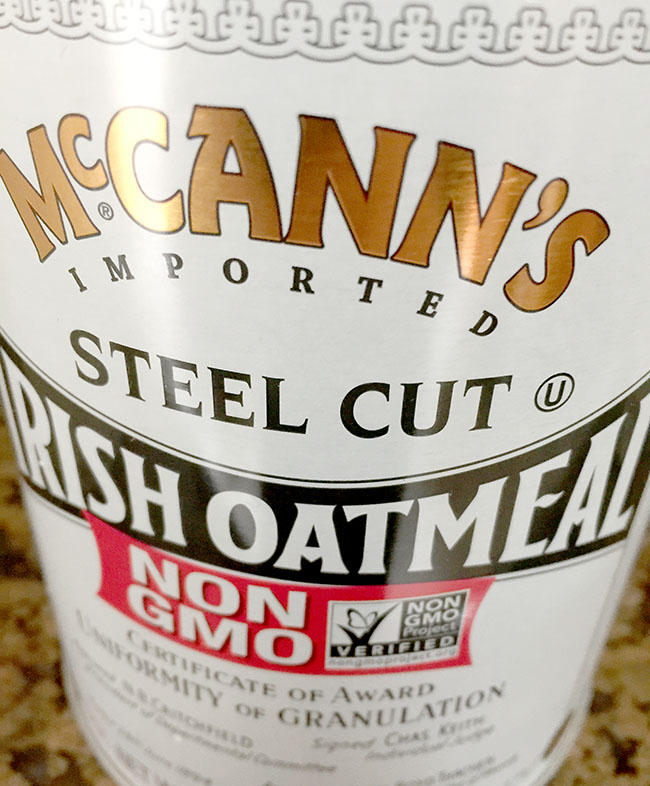
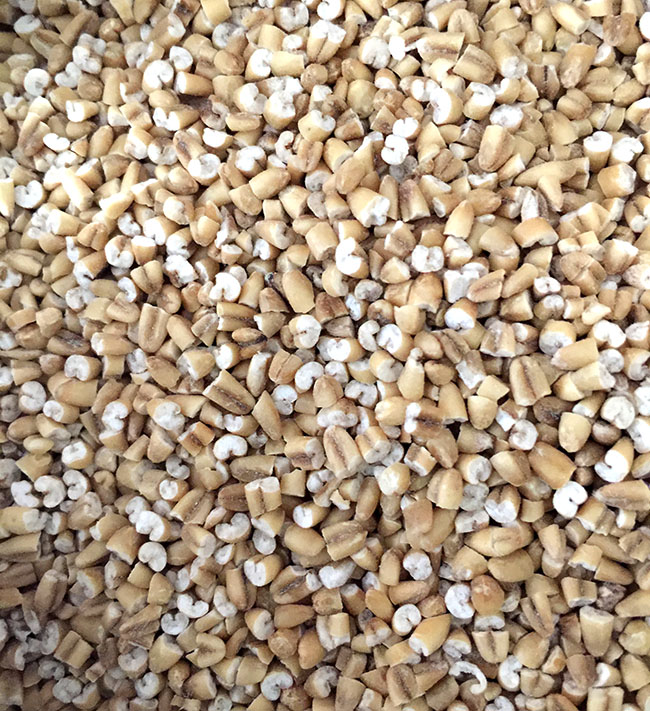
[B]ut, for this post, I needed a scone recipe, and since there were no scone recipes in that particular book, I returned to “The Little Irish Baking Book,†and Ross’s section on scones and the encouragement to make them, as they could be “put together in five minutes and baked in ten more.†Her Nutty Brown Scones recipe appealed to me as something hearty and substantial with nutty flavors not only from whole wheat flour, but from Irish steel-cut (referred to as “pinheadâ€) oatmeal.

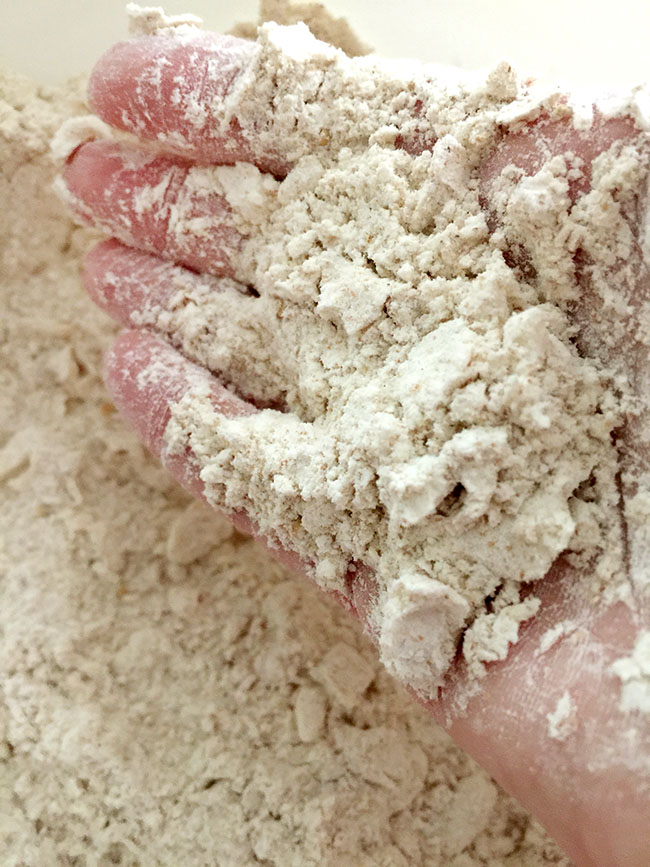
[T]he five-minutes of preparation of the scones comes in typical scone fashion, beginning with all the dry ingredients (white and whole-wheat flour, oats, baking soda, salt and cream of tartar) mixed together in a large bowl. To this, butter is rubbed in.
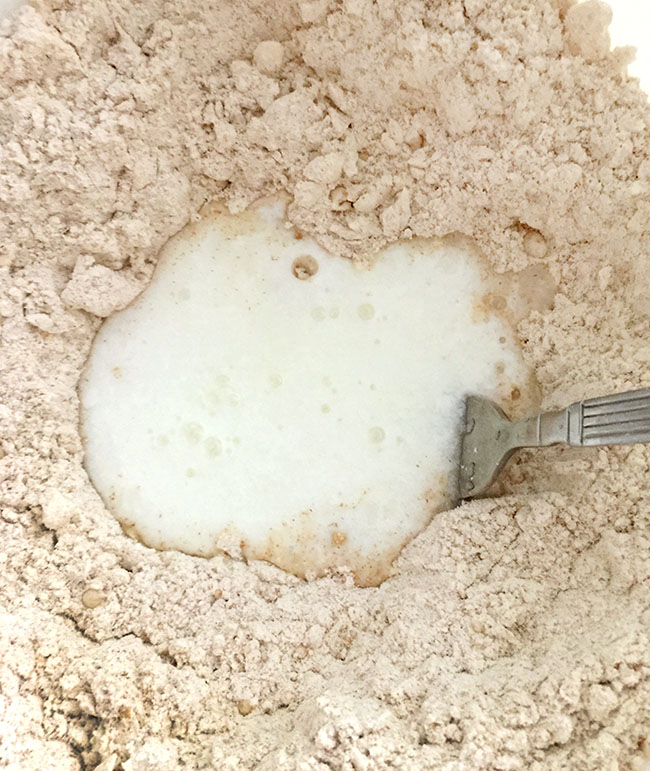
[B]uttermilk is added to the dry ingredients and butter to make a somewhat dry dough.
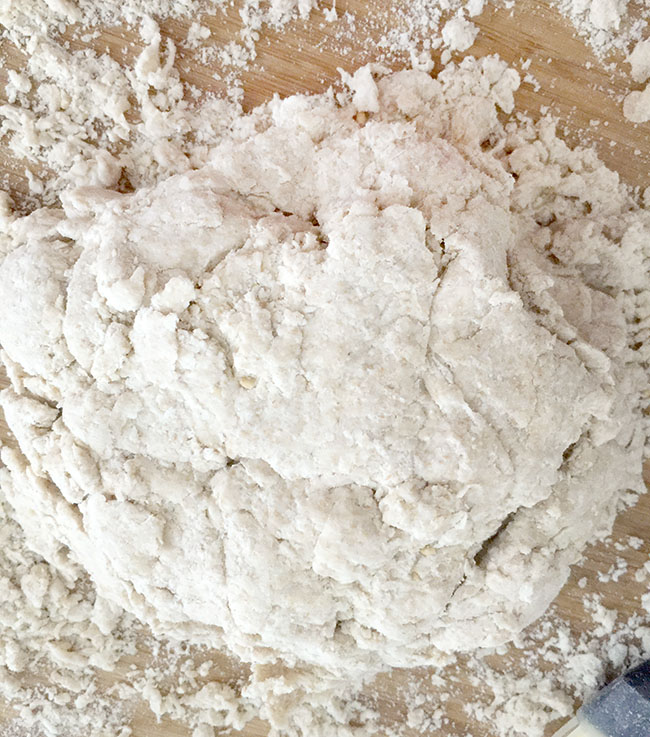
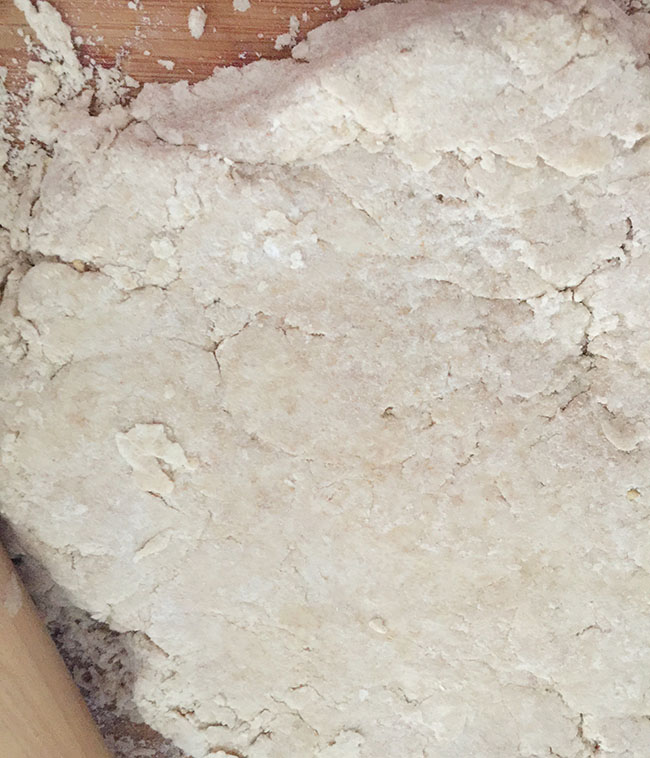
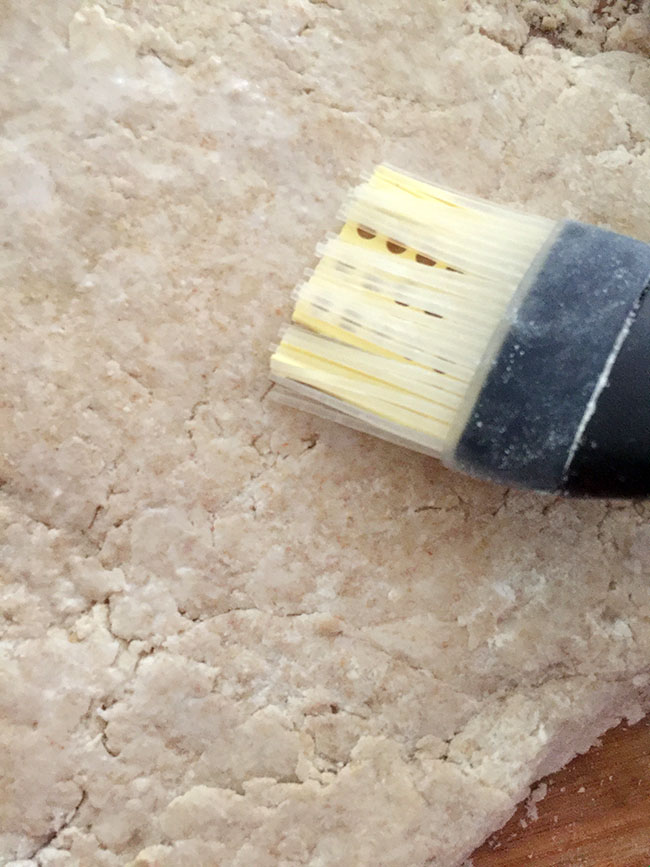
[A] little kneading brings the dough together, and it is rolled to 1/2-inch thickness. The dough is brushed lightly with milk.
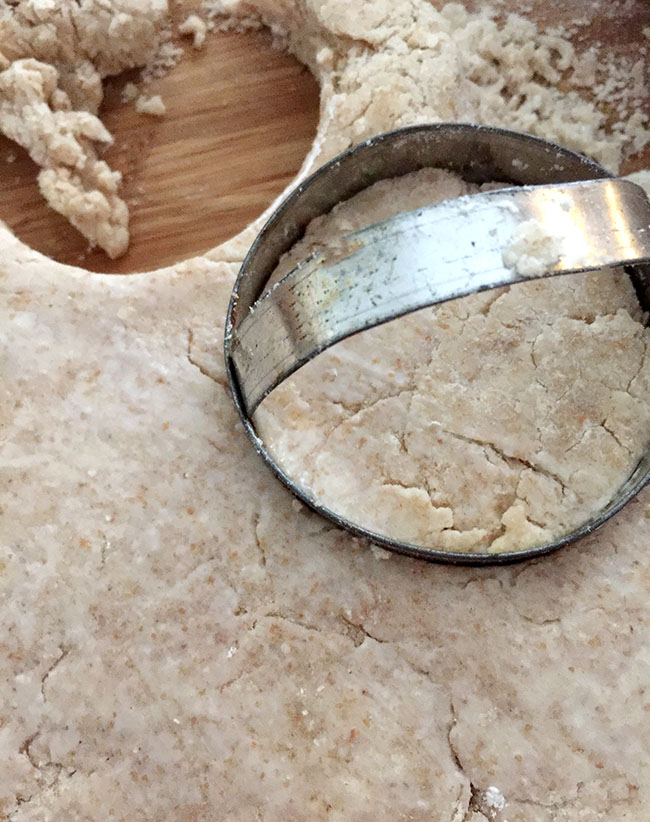
[R]oss advises using a small cutter to cut the scones into rounds (mine was about 2 inches). I ended up with about 10 scones.
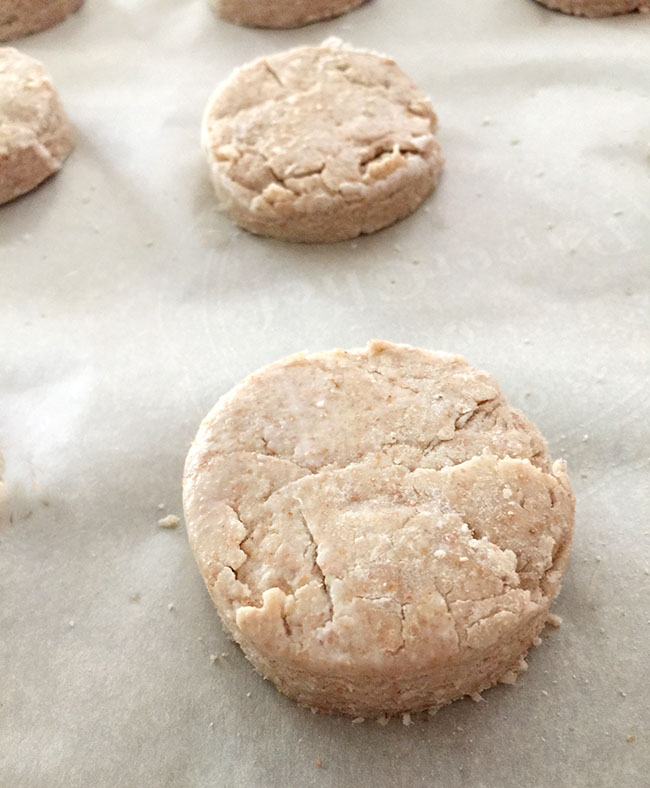
[T]he scones lifted slightly during baking, gaining a bit of a burnished gold finish to their already brown color, a few flaky cracks giving them their homey allure. I followed Ross’s recommendation of scones being “split and filled with melting butter.†Tender, but hearty, warm butter soaking in my first bite, the scones texture celebrated the crunch of those oats, and that overall nutty flavor. Something of an old-time comfort from Ireland. And the slowing down to take notice of our changing seasons.
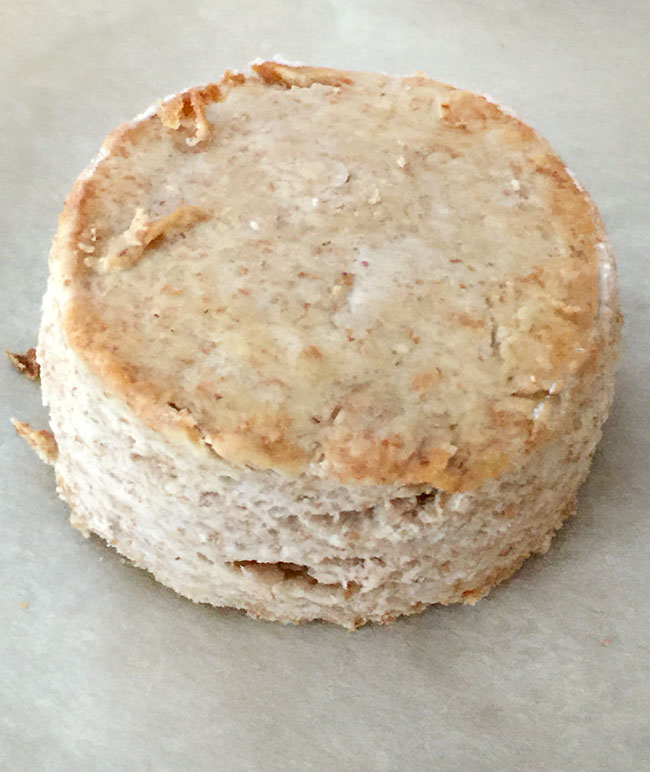
Nutty Brown Scones
From “The Little Irish Baking Book†(St. Martin’s Press; 1995)
Makes about 10 scones
- 1/2 cup white (all-purpose) flour
- 1-1/4 cups wholemeal (whole wheat) flour
- 1-1/4 tablespoons pinhead (Irish/Scottish/steel-cut) oatmeal
- 1/8 teaspoon bread (baking) soda
- 1/8 teaspoon salt
- 1/8 teaspoon cream of tartar
- 1/2 stick butter
- 2/3 cup buttermilk
Mix all the dry ingredients. Rub in the butter. Add the buttermilk and knead the dough well. Cut into rounds and bake at 425° for 15 to 20 minutes.
Blogger’s Note: This is a pretty dry dough that comes together through a brief kneading, but it if seems like it is not coming together, you can add a little more buttermilk.
